Keeping track of your digital touchpoints is essential for measuring marketing success. Keep it simple with our guide to digital attribution.
In Short
- Attribution gives credit to different media touchpoints based on how customers interact with a sales or conversion goal.
- Several different types of attribution models can be used, depending on the campaign objectives and requirements.
- Data-driven attribution uses mathematical and statistical methods to estimate the probability of conversion across all touchpoints.
What is attribution?
Attribution is giving credit to various media touchpoints based on customer interactions with a sales or conversion objective. It deduplicates conversion across competing channels, revealing the true impact of each touchpoint, allowing you to spend your budget in the channels that will give you the most return on investment.
A Simple Guide to Attribution
Monitoring your digital touchpoints is essential for measuring marketing success. Attribution reveals the true impact of each touchpoint, allowing you to allocate the budget across channels with the highest return on investment.
Why is attribution important?
Digital attribution modelling allows marketers to assess the cross-channel impact of their marketing efforts. Without attribution, you will not be able to measure which activities lead to conversions and what media is driving the best (and worst) results.
Different types of attribution models
There are several types of attribution models, some of which are more appropriate than others based on your measurement goals. We'll examine each model and how they can be applied based on your use-case.
The different types of attribution models include:
- Rule-based attribution models
- Data-driven/ algorithmic models
- Probability-based model
Rule-based attribution models
This model is based on fixed rules, which are manually defined for assigning conversion credit, which can be subjective. They are quick and straightforward to put in place, and are ideal for launching new advertising or campaigns to raise awareness. This model doesn’t take into account the conversion type or user’s behaviour.
This model is appropriate if you utilise advertising or campaigns to attract consumers at the time of purchase, with a sales cycle that does not include the consideration phase.
First click interactions
The first click interaction model holds the conversion value entirely to the channel the consumer engaged with prior to purchasing or converting.
This model is appropriate if you are running advertising campaigns focused on a short buying cycle and there aren't many touchpoints leading up to the conversion.
| Linear interactions The even or linear interaction model gives equal weight to every channel interaction on the path to conversion. Each touchpoint in the conversion process will be credited equally. This model is ideal for running advertising or campaigns that encourage customer interaction and awareness throughout the entire sales cycle. |
Position-based
The position-based approach places a greater emphasis on the first and last channels: when consumers are first introduced to the brand, and the final touchpoint that resulted in conversion.
This model is appropriate if you most value the moments that introduced customers to your brand and final touchpoints that resulted in a conversion.
Last non-direct click
The last non-direct click model disregards direct traffic and credits 100 percent of the conversion value to the last channel where the customer converted.
This model is appropriate, if you consider direct traffic to be different from other acquisition channels. You may wish to filter out direct traffic and focus on the last marketing activity before conversion.
Last Google Ads click
The last Google Ads click model attributes all of the conversion value to the ad that the customer clicked immediately before converting.
This model is ideal for identifying and rewarding the Google ad that resulted in the conversion.
Time decay
The time decay model attributes more credit to the touchpoints closest in time to the sale or conversion.
This model may be used for running a promotional campaign in a specific timeframe. You might want to give more credit to activities on promotion days, for example.
Uneven/ non-linear
The non-linear model assigns varying importance to interactions based on how often they occur in the converging pathways. To compare the data, the ratings are normalised to account for varying distance paths.
This model correctly assesses your media performance to minimise waste and increase productivity.
Data-driven/ algorithmic models
Data-driven models use mathematical and statistical methods to estimate the probability of conversion across all marketing touchpoints.
A sophisticated algorithm assesses your account's converting and non-converting paths to determine which touchpoints assist the most with conversions. Then, it determines the probability of conversion and assigns credit to each touchpoint.
The touchpoint weights can be aggregated by a dimension of that touchpoint (channel, placement, creative, etc.) to determine a total weight for that dimension.
There are several popular mathematical approaches to developing and maintaining a data-driven model, such as Shapley (Game Theory), Random Forest, and Logistic Regression.
This model is appropriate if you want to determine with high accuracy which channels have the largest impact on your sales or conversion goals. It also helps increase media efficiency.
Probability-based model
Addressable and non-addressable media are both used in current data-driven attribution. Integration of these channels into the converting and non-converting paths is based on the probability of any given user also viewing the brand's adverts on those channels. This attribution model includes all the various media platforms to provide a comprehensive attribution model.
This model are appropriate if you run many campaigns which utilise digital and non-digital channels.
Top tips for digital attribution
- Get the right technology in place, and the modelling part is easy.
- Don't skimp on analyst time. You won't get the benefit from just running a black box attribution.
- It's best when a single agency looks after buying and allocation to ensure all tagging is aligned and provides a more significant opportunity to reallocate funds.
- Know what media channels are in your attribution model, and ensure that non-paid channels such as referral traffic, organic search (SEO), and direct site visits are incorporated. A holistic view helps you to understand the complete story.
- Assess what is measured and how it ties to business objectives. Is credit de-duplicated across channels? Are paid, non-paid, online and offline included? How is this used to inform planning and buying media?
Contact Us
Resolution Digital's team of media buying and data experts has helped clients unlock the insights provided by digital attribution and achieve remarkable ROI. Contact Resolution Digital today to discuss how we can help you with data and measurement.
Google Analytics as you know it is retiring
Google Analytics 4 (GA4) will replace Universal Analytics, which will stop collecting data on 30 June, 2023. Download our guide and prepare for the future of Google Analytics.


.png?)
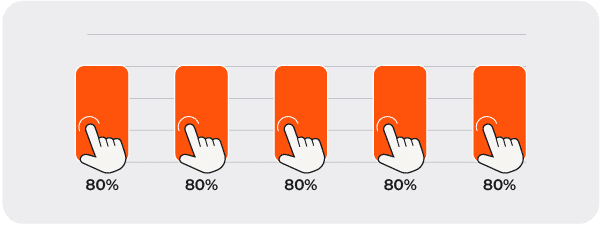
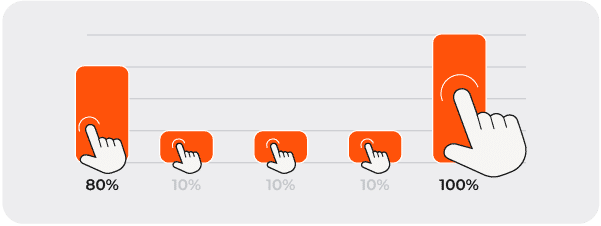
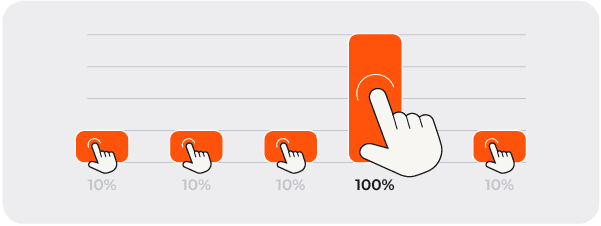
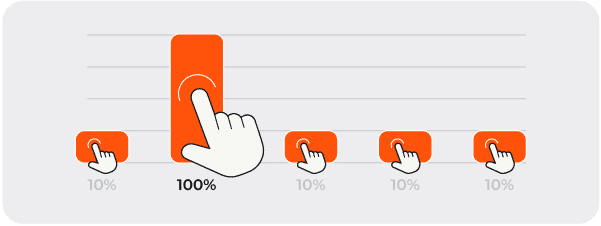

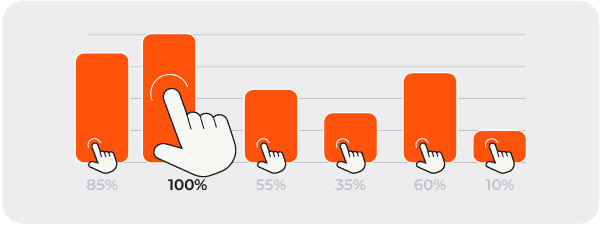


.svg)



.svg)



